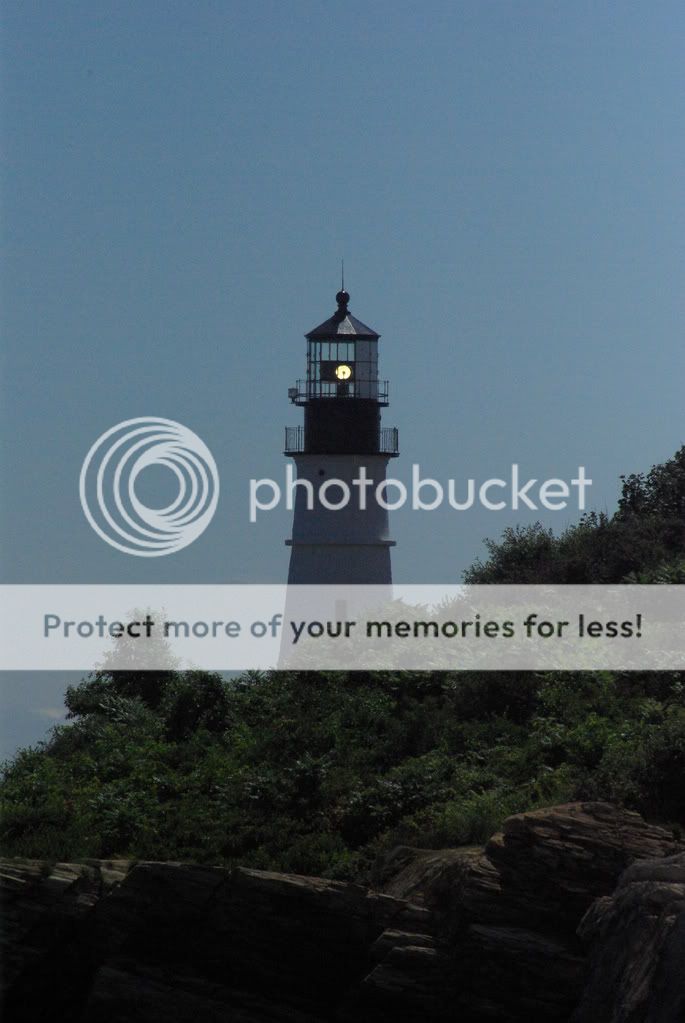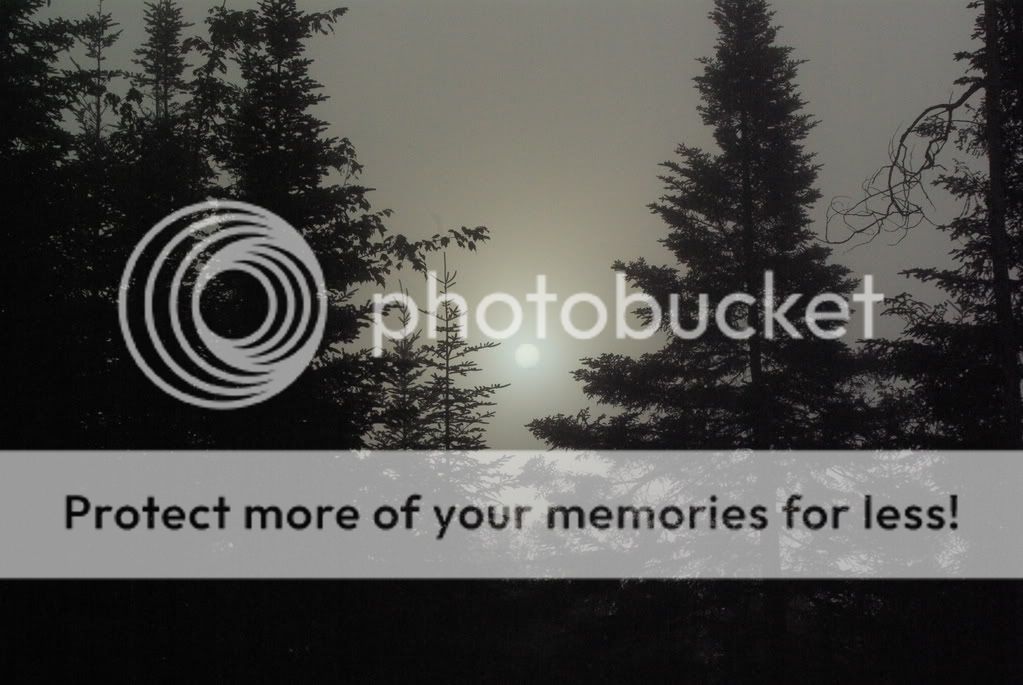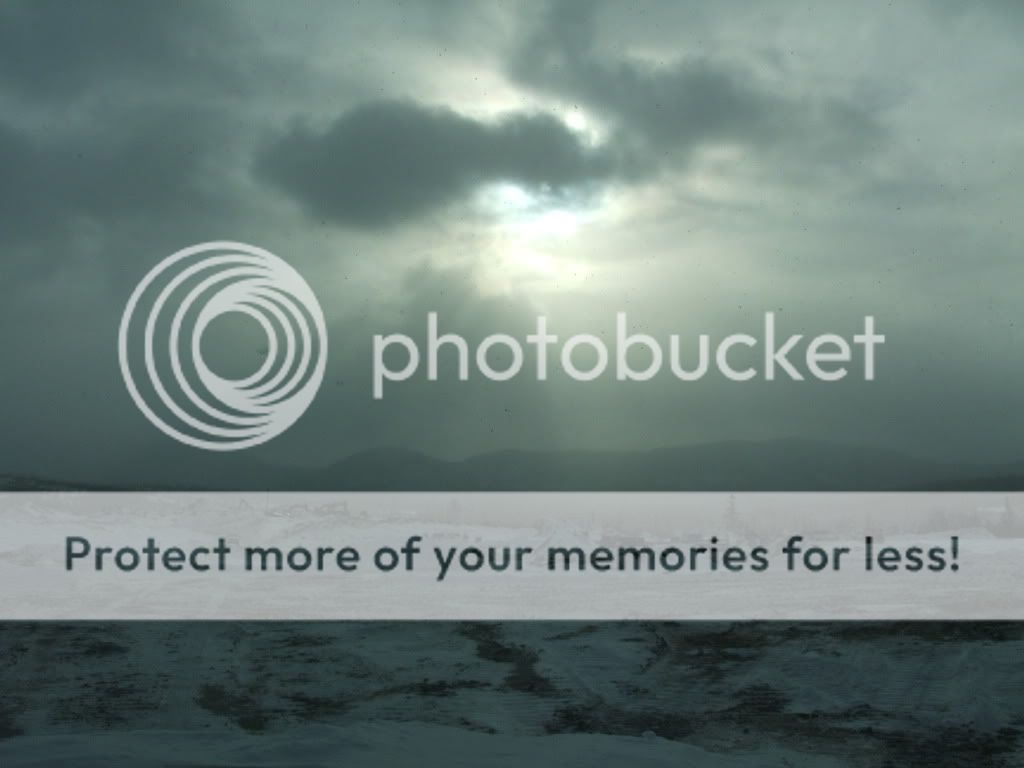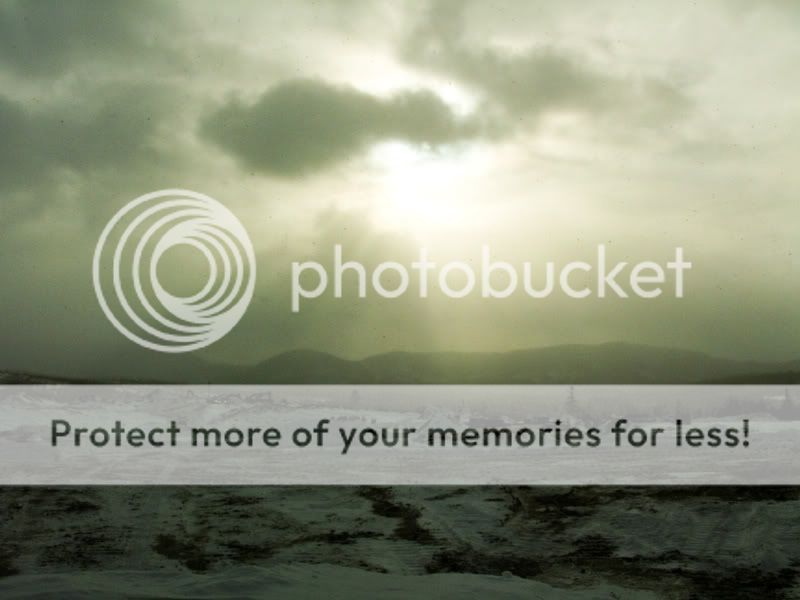I am working on shooting light in its many forms. Sunlight, lamplight, etc. I have a few images, all are unedited at this time. Critique and suggestions are certainly welcomed!
Hi Angela,
What abundance! You have chosen or been given a great exercise. I will start by addressing just this lighthouse photograph. The structure at the top of the lighthouse is interesting, shown well and a great subject for this work. But what of the sky, the rocks and the rest of the image? Where are they? We could blame the lack of light, but that is not going to work. It does however suggest solutions.
Here we see a subject that's common and makes great postcards. Your picture here is flat. There is just one point of light and nothing else interesting. But how do we go beyond that? There is a much greater difficulty in photographing what has been done already so well and many times over. Still the lighthouse is so important a metaphor for us that it draws back, again and again. One needs to list all of the elements in your picture and decide how best to represent them. We cannot be dependent on only the happenstance of lighting for one moment in such a difficult project. One time the moon will light the plants and bushes well with even a shadow cast from the lighthouse despite its light. At some time, when the sun goes down, the rocks might be golden. So where are they? I suggest, you must know
your world, (in which you want to create a fine picture with different qualities of light), as well as God knows his!
So what might your picture, show? You have, as with all photographs many choices, most of which are not exclusionary.
- Shall it be beautiful and make one breathless
- Should it exploit the geometry of the skies, land, buildings, rocks and waters, the light above all, our focus point?
- Should it inspire us to think of our purpose in life?
- Should it be merely nice, pleasant and decorative so as to complement a room, not distract from anything.
- Should it bring us to some spiritual plain and closer to truth and God?
The light is what it is when you release the shutter. You have no ability to control how much light there is on a cloud or reflecting from the water. So what to do? If this was for an advertising campaign you could at least deal with the land, vegetation, rocks and lighthouse by simply schlepping along sufficient lights. For me, I'd cheat. Scout the place. Mark your spot. Determine the exact height of your tripod. Even put a secret marker in the ground. Now I'd return time and again and photograph the lighthouse at different times of the day. You will then have the walls perfectly formed with no noise. You will have the waters exposed to perfection and night shots of the light at the top of the tower and the night sky.
Now I'd put all these in layers in Photoshop and decide what parts you need to build your picture. By selectively using contributions from these pictures, you can build your ideal picture.
Now your picture here is interesting. However, there is no light defining anything else. If you painted it, you would, perhaps be adding in detail that you know is there but your camera cannot see.
You could also do this by a bracketed exposure but that is not as much under your control. I'd use bracketed pictures as layers, but have no compunction against taking some parts from exposures at sunset as well as nighttime.
So I’d start by just doing the lighthouse, if it's near you and ONLY that for this study. Otherwise you are, IMHO, grabbing too much to be able to do well. Monet did his Haystacks starting in autumn 1890 and repeated at intervals until spring 1891.
Monet Haystacks 1890-91 Composite Image from Wikipedia,
here.
This period in French art is a renaissance of such importance, which not knowing each and everyone of these pictures by Monet for your project is a tragic self-deprivation. The genius achieved there in Giverny, France 118 years ago can help us here, right now. So unless you know these pictures, by heart, take a break and follow the link so you can refresh your memory and study them. Sounds preachy? Well, it's not meant to be!
So, finally, is the lighthouse near you so you can do this work? If not go back for two days!
I hope my direction is not considered to authoritarian. However it is what it is; just my point of view. One great subject and you'll enjoy a lot of progress. If this doesn't work for you, then let us know. You can continue with a wide spectrum of subjects under different conditions, but we'll have to think about how to handle that. Maybe we should just have one type of subject with varying light and then go to the next subject, that's your call.
Asher













